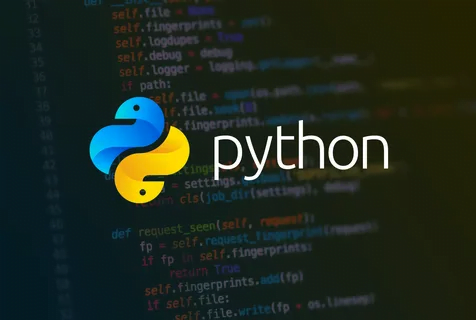Troubleshooting “exec format error” in Python
Python is a popular programming language known for its simplicity and versatility. However, like any other programming language, it can encounter errors that can be frustrating for developers. One such error is the “exec format error” that may occur when trying to execute a Python script. In this article, we will explore the possible causes of this error and provide some troubleshooting steps to help you resolve it.
What is the “exec format error”?
The “exec format error” typically occurs when you try to run a Python script and the system encounters an issue with the format of the executable file. This error message is commonly seen on Unix-based systems, such as Linux or macOS.
Possible Causes of the “exec format error”
There can be several reasons why you might encounter the “exec format error” in Python:
1. Incorrect shebang line:
The shebang line is the first line of a Python script that specifies the interpreter to be used. If the shebang line is incorrect or missing, the system may not be able to determine the correct interpreter for the script, resulting in the “exec format error.”
2. Compatibility issues:
Python scripts are platform-independent, but they can still encounter compatibility issues if they rely on platform-specific features or libraries. If the script you are trying to run is not compatible with your system, you may see the “exec format error.”
3. File corruption:
In some cases, the file itself may be corrupted, leading to the “exec format error.” This can happen due to transmission errors, incomplete downloads, or other issues that affect the integrity of the file.
Troubleshooting Steps
Now that we have identified some possible causes, let’s look at the steps you can take to troubleshoot and resolve the “exec format error” in Python:
1. Check the shebang line:
Open the Python script in a text editor and verify that the shebang line is correct. The shebang line should start with “#!” followed by the path to the Python interpreter. For example:
#!/usr/bin/python
If the shebang line is incorrect or missing, update it to point to the correct path of the Python interpreter on your system.
2. Verify compatibility:
Ensure that the Python script is compatible with your system. Check if the script relies on any platform-specific features or libraries that may not be available. If necessary, make the required modifications to the script to ensure compatibility.
3. Re-download or re-create the file:
If you suspect that the file may be corrupted, try downloading it again from a reliable source. If you created the file yourself, double-check the process and ensure that there were no errors or interruptions that could have caused file corruption. Alternatively, you can try creating a new file and copying the contents of the original file into it.
If none of the above steps resolve the “exec format error,” you may need to seek assistance from the Python community or consult the documentation of the specific Python distribution you are using.
Conclusion
The “exec format error” in Python can be frustrating, but with the right troubleshooting steps, you can resolve it and get back to coding. Remember to check the shebang line, verify compatibility, and ensure the file integrity to overcome this error. If you’re still facing issues, don’t hesitate to seek help from the Python community.
📚 Interested in more content? Explore other fascinating articles on our website! 🌐 Wishing everyone enjoyable reads. 👉 Understanding and Resolving Python Memory Errors


1 Comment
Pingback: Troubleshooting “No Python Application Found” Error